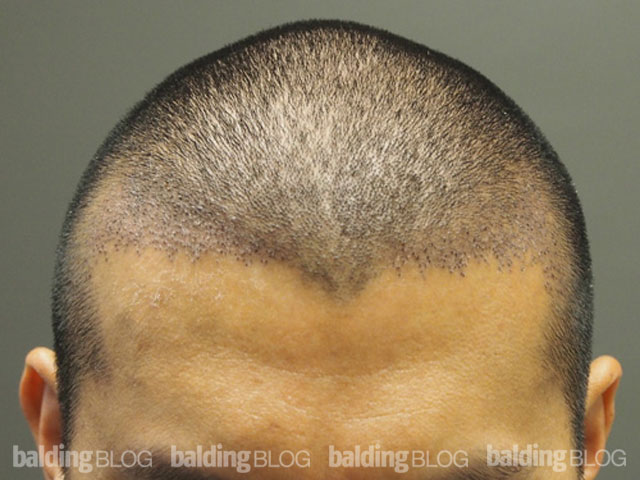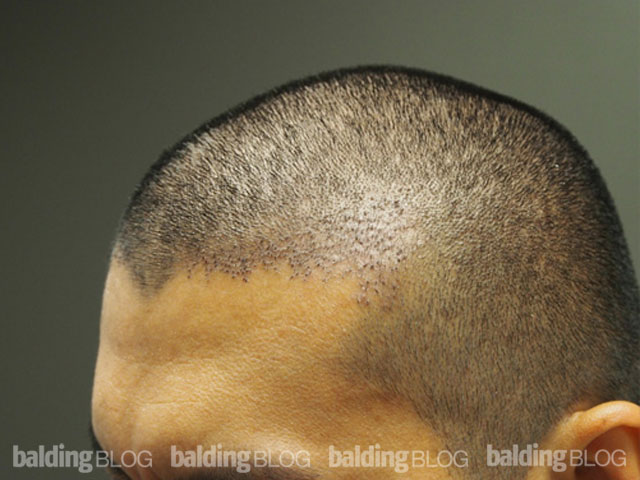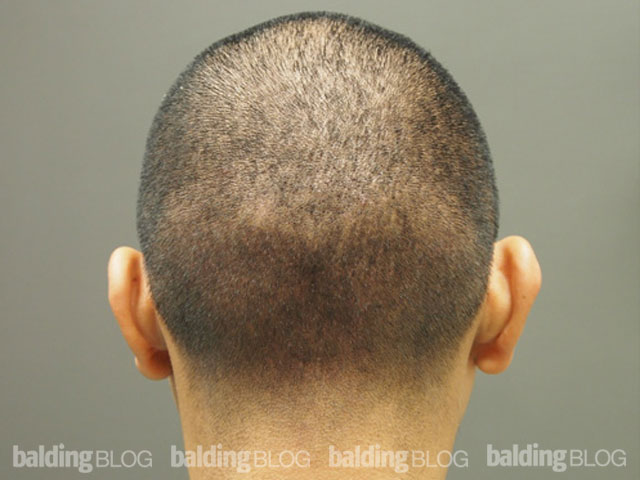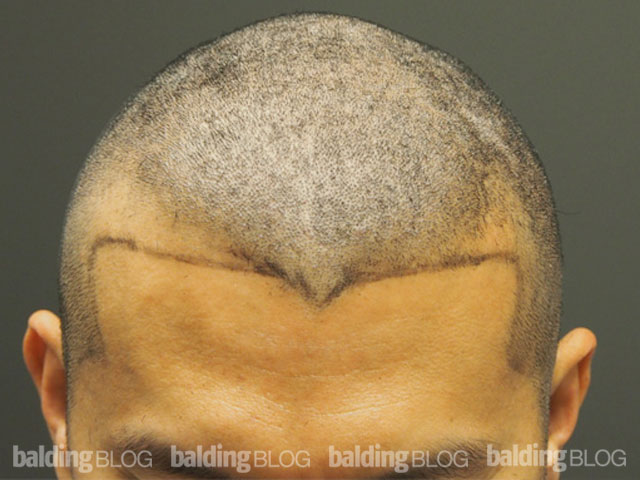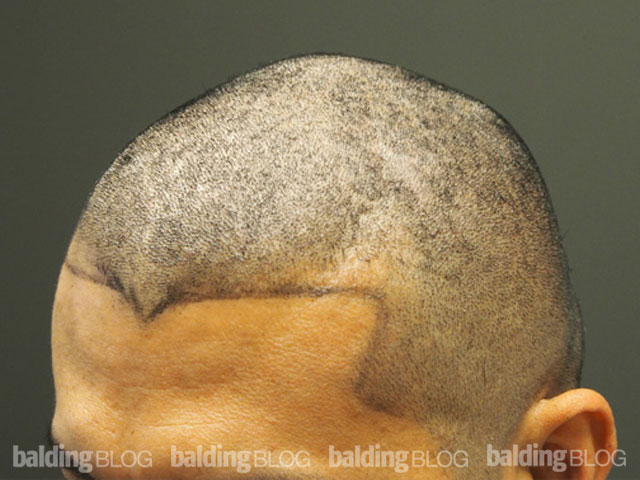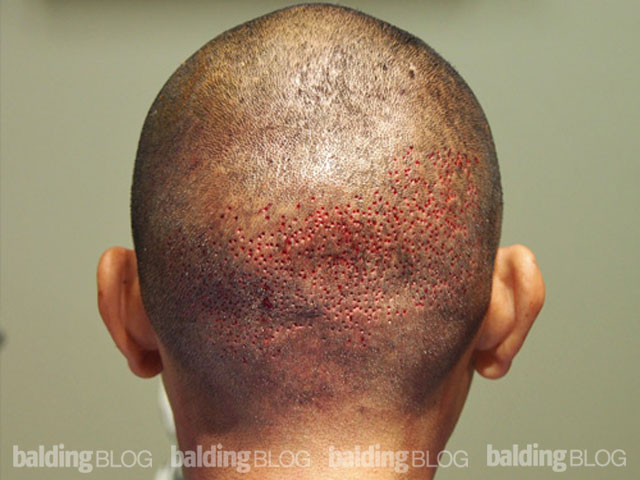This is the last part in the series about follicular unit extraction (FUE). Here are the previous posts in this series — part 1, part 2, and part 3.
—
Neograft:
We have heard a great deal about the Neograft automated system. This system has two components to it:
- A sharp drill that provides controlled torque. It is a manual system requiring a very skilled operator.
- An implanter is part of the Neograft system and it uses an implanter invented by Rassman (patent #8062322) that works nicely.
The advantage of the Neograft system is that an implanter is offered, which is not present in the ARTAS system. Traditional implantation with forceps requires specialized skills and the greatest cause for failure or death of the grafts occurs during the implantation process. The neograft implanter, can be used effectively by an inexperienced person, therefore it is relatively easier to learn when compared against the use of forceps. The inexperienced surgeon or technician will probably get better graft survival with the implanter. When compared with a skilled experienced technician’s competence with forceps, I suspect that the two techniques will be comparable.
The manual drill requires expertise, and with the unit as designed the grafts have a tendency to dry out, possibly killing them before they get implanted as they are held in a chamber that has a high hair movement in it. As discussed before, air kills grafts as they dry and this killing process may take only seconds when there is substantial air flow in graft held in a chamber. Neograft associates with a private group of technicians that perform much of the procedure for the unskilled doctor, creating the illusion that the doctor is skilled in the process. If these technicians drill out the follicular unit, they will violate the laws in most states. Most doctors who use the Neograft system depend upon the technician teams to do the actual transplant procedure.
Other drills are supplied by a variety of device manufacturers. Dr. Harris employs a dull drill and his device is amongst the most popular of the devices that are manually driven with great success. He offers training for doctors who purchase his system. Drills with sharp edges are many and they differ only marginally from each other. Extraction speed varies with each surgeon and each instrument. There is no substitute for skill, and the skills for all instruments on the market (other than the ARTAS system) requires possibly years to perfect. Speed of extraction depends upon the surgeon’s skills and it varies between 200-1200/grafts per hour on average. The damage to the grafts varies with the surgeon, so speed tells you little about the skills of the doctor as some doctors kill more than 50% of the grafts in the extraction process.
Technology vs Skill:
The New Hair Institute uses a specially designed serrated system that is not connected to a drill. This instrument was designed by Dr. Pak and it is made by a machine shop that specializes in fine stainless steel instruments. We have gotten good value with this tool, pacing ourselves at over 1000 grafts per hour and producing little damage. Our speed of extraction in 80% of patients, exceeds the speed of almost all other such extraction tools in our hands.
All too often, patients focus on the technology, not the skill of the surgeon. Only the ARTAS system does not require surgeon skills as the robot cores out the hair grafts with minimal involvement by the surgeon as the robot does it all once it is set up. The ARTAS system does require manual graft removal and the difficult job of graft placement must be done by people with extensive experience in the field using forceps or possibly an automated commercial system called the Choi Implanter. Generally, it takes between 1-3 years to develop placing techniques that allow speed and minimize damage to the grafts.
I can not end this story without discussing the integrity of the doctor. Doctors tell you what they want you to hear — that they are the best at FUE, that they get less than 2% transection rates, that their vast experience makes them better than everyone else. Can you or should you believe what the doctor is telling you? I know for certain that many doctors claim expertise in FUE, promise minimal damage to the grafts, or even close to 100% growth rates, etc. The reality is that every patient getting FUE differs in their results and we published these differences in patient dynamics in a medical journal publication, which is the only such formal publication out there. I have seen some awful results with FUE and failures close to 90% in some patient. The proclamation of the doctor’s skills by the doctor is a reflection of their integrity. There is an old adage that if it sounds too good to be true, it is.
So in conclusion — be skeptical, use your skills in evaluating your doctor’s integrity as your guide as to what you can believe and what you can not believe. I look forward to comments from our readership.
